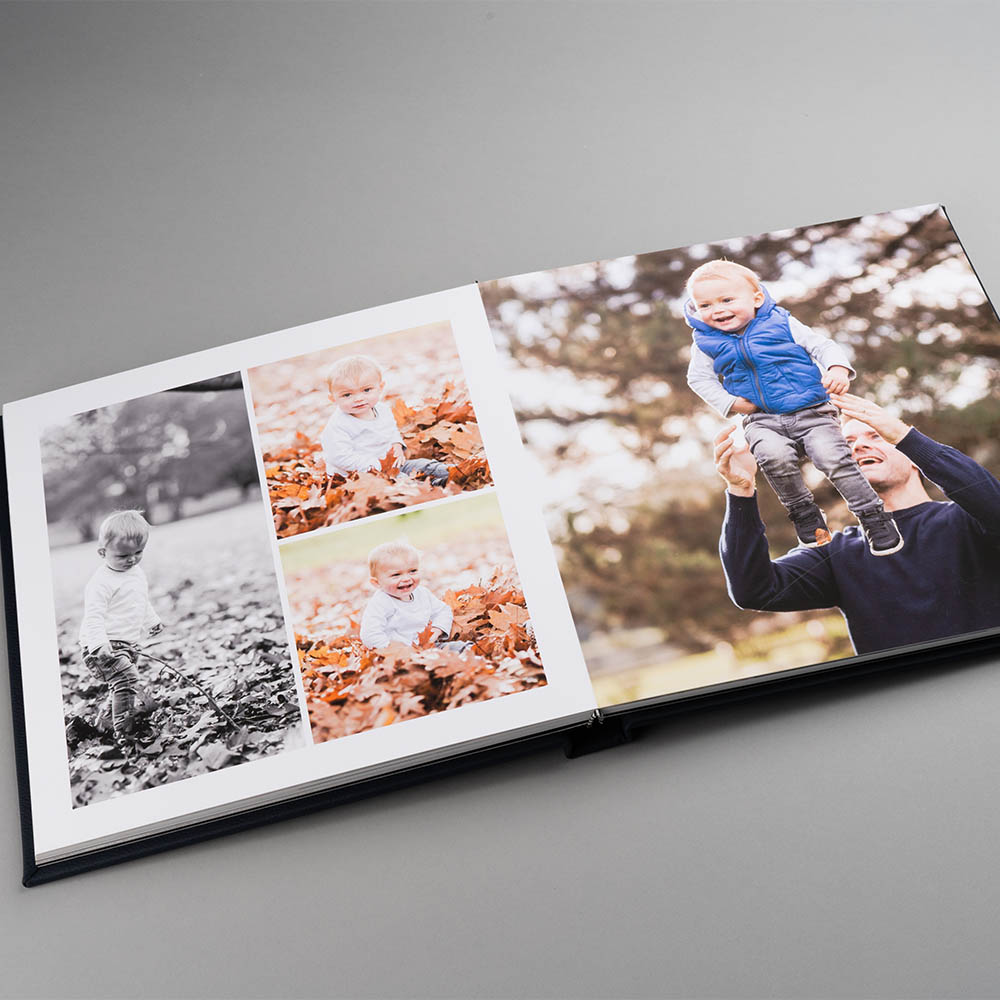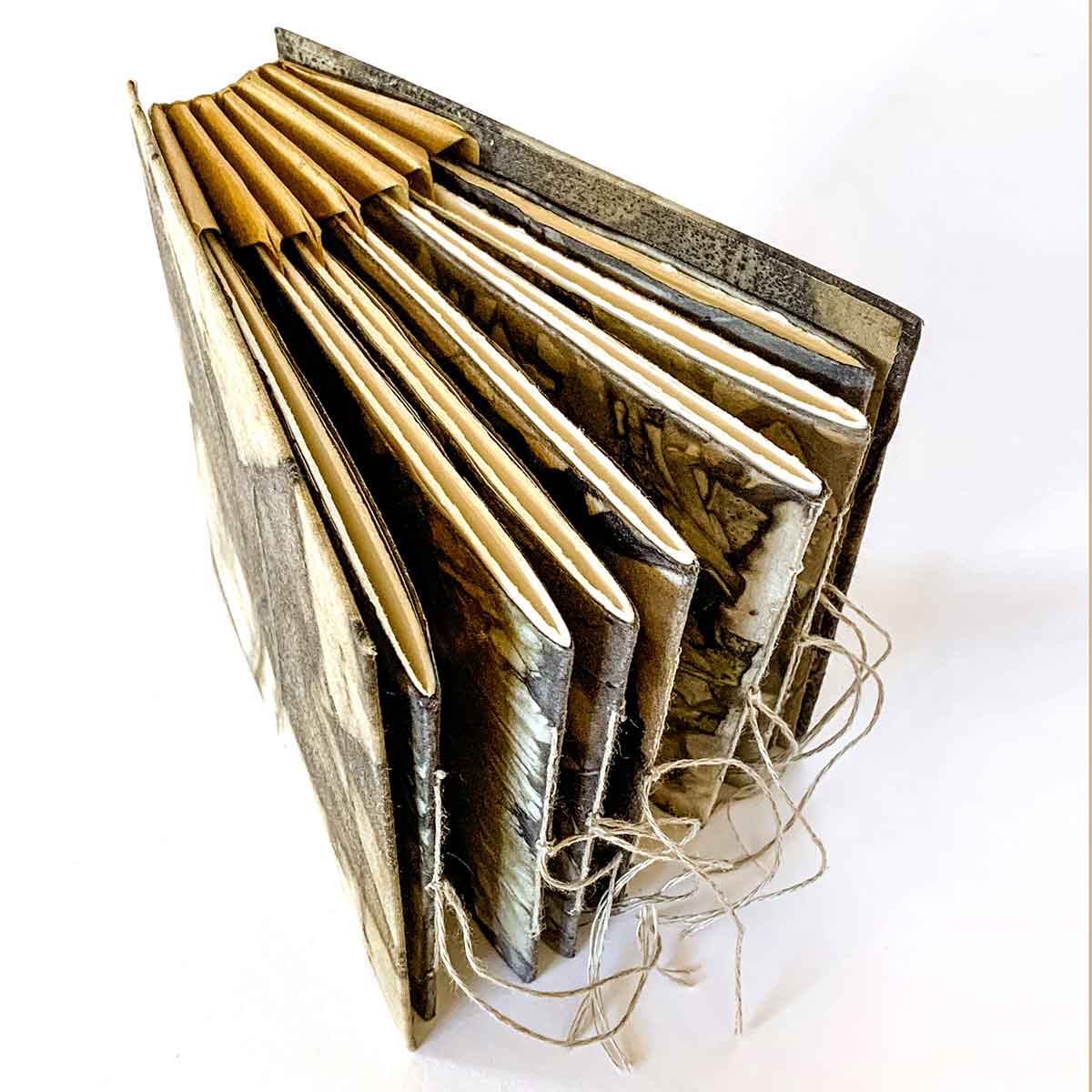How to Achieve Exhibition-Ready Results in Your art book Print
How to Achieve Exhibition-Ready Results in Your art book Print
Blog Article
Understanding the Process Behind High-Quality Art Book Printing for Art Lovers
When it comes to high-grade art book printing, understanding the complexities of the process can raise your recognition for the final item. As you check out the different parts of art book printing, you'll reveal understandings that might change your viewpoint on art preservation and presentation.
The Value of Paper Selection in Art Book Printing
When it concerns art book printing, the choice of paper can make or damage the final product. You desire your artwork to radiate, and the ideal paper boosts color vibrancy and information. Consider factors like weight, texture, and finish; these elements significantly influence how readers regard your job.
As an example, a heavier supply conveys high quality and longevity, while a textured surface can add depth to pictures. Smooth paper is excellent for in-depth reproductions, allowing great lines and subtle shades to show up crisp.
Do not forget about the paper's brightness; a brighter sheet can help colors pop, making your art more eye-catching. You'll also wish to think of just how the paper connects with inks and whether it can deal with the printing process without warping or bleed-through. Inevitably, picking the right paper sets the phase for your art, guaranteeing it catches the target market's interest simply as you envisioned.
Picking the Right Inks for Dynamic Reproductions
Choosing the best inks is equally as essential as selecting high quality paper to achieve vibrant reproductions in your art book. When you're printing artwork, you desire colors that stand out and accurately represent the original item. Choose inks with a high pigment concentration; these have a tendency to produce richer and extra saturated shades.
You could take into consideration making use of archival inks, which resist fading over time, ensuring your art book continues to be as striking as the day it was printed. If you're dealing with photos or electronically produced art, pigment-based inks can provide a wider shade gamut, boosting information and deepness.
Do not ignore the coating! Matte and shiny inks can dramatically change the appearance of your artwork, so consider the appearance you're aiming to attain - art book. Inevitably, the right ink selection complements your paper choice, creating a sensational aesthetic experience for your visitors
The Function of Color Administration in Print Quality
Shade administration plays an essential role in accomplishing high print top quality for your art book. It guarantees that the shades you see on your display equate accurately to the printed web page. Without effective color management, your vivid art work may appear plain or altered, undermining your innovative vision.
Next, utilize color accounts customized for your printer and paper type. These profiles assist the printer in recreating shades properly, minimizing discrepancies between digital and published versions.
When you prepare your files, think about utilizing a color space like Adobe RGB or CMYK, depending upon your printer's requirements. Constantly proof your job, as well; an examination print can expose any potential shade problems before the final run. By focusing on color management, you protect the integrity of your art, ensuring your target market experiences it as you intended.

Understanding Various Binding Techniques
Achieving the best search for your art book goes past color monitoring; binding techniques additionally play a considerable function in its overall presentation and longevity. You have a number of alternatives to examine, each with its very own one-of-a-kind characteristics.
If you're intending for a specialist feeling, case binding provides a sturdy option with a tough cover, perfect for showcasing your art work. On the various other hand, ideal binding gives a flexible spinal column while maintaining expenses down, making it a popular selection for softcover books.
Spiral binding enables your art book to lay level, which is terrific for presenting photos without obstruction. On the other hand, saddle look what i found stitching is ideal for smaller sized pamphlets, giving a tidy coating without the bulk.
Inevitably, the binding strategy you select need to reflect your creative vision and how you want viewers to involve with your job. Make certain to evaluate these alternatives carefully to attain the most effective outcome for your project.
The Influence of Print Size and Design on Presentation
While the selection of print size and layout might seem secondary to material, they substantially influence just how your artwork is perceived. The measurements of your prints can either enhance or lessen the effect of your pieces. Bigger prints can draw viewers in, enabling them to appreciate detailed details, while smaller layouts may call for even more intimate interaction.

Conservation Methods for Durable Art Books
To ensure your art publications stand the test of time, it's important to apply reliable preservation strategies. Begin by storing them in an amazing, dry environment, far from direct sunshine and moisture. This avoids fading and bending, keeping your web pages intact. Usage acid-free storage boxes or protective sleeves to shield them from dirt and physical damages.
When handling your publications, always wash your hands or wear cotton gloves to prevent oils and dust transferring onto the pages. Avoid flexing or creasing the spinal columns; instead, make use of book supports when presenting them.
For included protection, consider go now investing in archival-quality products for any kind of repair work or improvements. Frequently check your collection for indicators of wear or damages, attending to concerns promptly. By adhering to these straightforward strategies, you can ensure your art publications continue to be vivid and obtainable for several years ahead, protecting their elegance and worth for future generations.
Teaming up With Printers for Optimal Outcomes
When you're all set to publish your art book, selecting the right printer is important to attaining your vision. Clear communication concerning your expectations and demands will aid guarantee that both you and the printer are on the same web page. Let's discover how to make this collaboration as smooth and effective as feasible.
Selecting the Right Printer

Reliable Interaction Strategies
Efficient communication is crucial for turning your art book vision right into fact, particularly when collaborating with printers. art book. Start by plainly describing your project's goals, consisting of design elements, favored materials, and any specific printing strategies. Do not think twice to share your inspirations and referrals; this assists the printer recognize your visual
Be open to feedback, as printers commonly have valuable understandings that can improve your job. This partnership will certainly ensure that your art book satisfies your expectations and beams in its last kind.
Regularly Asked Questions
What Are Usual Errors to Prevent in Art Book Printing?
When printing your art book, stay clear of usual errors like bad resolution pictures, incorrect color accounts, and ignoring page format. Don't fail to remember to check and ascertain details to validate your final item meets your assumptions.
Just How Does Digital Printing Differ From Standard Printing Techniques?
Digital printing makes use of digital documents to develop prints directly, permitting quicker turnaround and modification. On the other hand, standard techniques involve physical plates, which can be taxing and less versatile for tiny runs or unique layouts.
What Is the Typical Turn-around Time for Art Book Printing?
The common turnaround time for art book printing differs, however you can anticipate it to take anywhere from a few weeks to numerous months. Variables like intricacy, amount, and printing approach all influence this timeline.
Can I Print a Limited Version Art Book Financially?
You can publish a minimal edition art book financially by selecting cost-effective products, maximizing print runs, and utilizing electronic printing alternatives. Mindful preparation and budgeting will certainly assist you achieve quality without spending beyond your means.
What Are the Environmental Factors To Consider in Art Book Printing?
When considering art book printing, you should consider environment-friendly materials, lasting inks, and energy-efficient processes (art book). Choosing regional printers can additionally minimize your carbon impact, making your task both attractive and ecologically liable
Report this page